When starting in bonsai you will see there is an array of various tools, but what do they all do and do you need them all?
You probably wont need most of them, certainly not as a beginner, but I will go through the basic tools and explain what they are for and why you may need them.
Page Contents
Start With Tools You Already Have
My advice for bonsai beginners is to tell you that you don’t need a lot of tools.
You probably already have a lot of the tools that you need already. A lot of the bonsai tools can be quite specialised and you just don’t need them when you are getting started.
I honestly believe I could survive with just a pair of scissors, a fork and a pair of garden pruners. I think I could get away with that for quite a few years.
If I had to buy one bonsai tool, it would be a branch pruner and that would only be because it would give me a better cut than the garden pruners.
I know getting into bonsai is exciting and you want to have all the tools to look and feel the part, but honestly, you don’t need them all straight away.
Buy Good Quailty Bonsai Tools, Not Cheap Ones
When you do finally get round to buying bonsai tools, you should buy good quality tools. Not the cheap ones.
This is a lesson you really should take to all aspects of your life. You’ve probably heard the saying “buy cheap, buy twice” and well I believe it’s true. I’ve bought cheap bonsai tools and they don’t last. They are poorly made, they break easily and they don’t stay sharp for very long. I should have really listened to my own advice.
If you buy quality bonsai tools, they are going to be more expensive, but they will last a lifetime. The build will be better, they won’t break and they will stay sharp for longer.
They also have the added bonus of being able to be maintained. Yes, this is a little bit of work on your part, but when you sharpen a quality tool, it will return to being like brand new. I’ve tried to sharpen cheap tools (that were never sharp) and it was a disaster.
I know it’s hard to justify spending £30 for one bonsai tool when you can buy a whole set for £30, but trust me, it’s worth buying the better quality tool.
(You can read more about – What Are The Main Differences Between Beginner and Professional Bonsai Tools?)
What Are Bonsai Tool Made From?
The two main materials used in good quality bonsai tools are carbon steel and stainless steel.
Which ones are better is a hugely debated topic. You will find as many people saying carbon steel is better as you find people saying stainless steel is better.
Carbon steel is probably easier to maintain, but stainless steel will not rust. The pros and cons for both are so close I would almost say it comes down to personal preference.
There are times I believe they are so close the only deciding factor would be down to colour you prefer. Which sounds ridiculous, but they are both excellent and will both last a lifetime. Carbon steel is black by the way, and stainless steel is sliver, so even picking which colour is better is hard!
Bonsai Root Tools
You should have a separate set of bonsai tools for your roots. Root work can get a bit messy and these tools are likely to get a bit more beat up than others. (Read more info on How To Repot)
Bonsai Root Scissors
Bonsai Root scissors are the prime example of why you need a special set of tools for bonsai root work.
You are going to be cutting through soil and dirt at some point, so the chances of damage can be high and they will definitely become dull fast. Having a pair of scissors that deal exclusively with this carnage is very helpful. This will make sure the scissors you use for pruning the top of your bonsai are kept as sharp and as clean possible.
Bonsai root scissors are usually a little thicker and sturdier to handle what is asked of them.
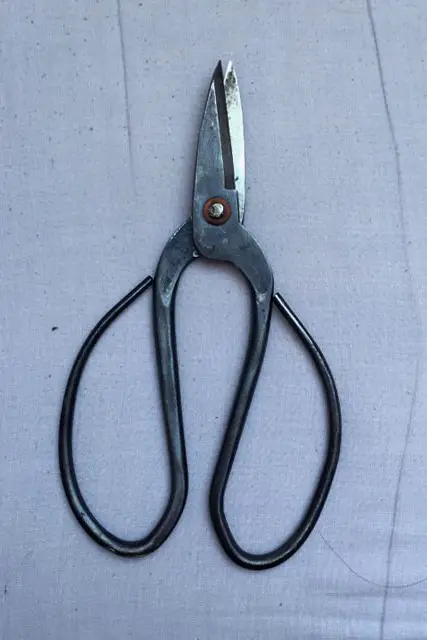
Bonsai Root Rake/Hook
Bonsai root rakes come in various sizes and shapes but there main purpose is to help you tease out tangled roots when you are repotting. You may find a single hook is better for this, or you may prefer a rake with more prongs.
I personally think you can bypass buying a bonsai root rake and use something you may already have around the house. Using a chop stick, screw driver, knitting needle will make an excellent replacement for a root hook and if you’ve ever seen any of my videos you will know I am a huge fan of using a fork instead of a rake.
I find the fork has the right feel in my hand and can be held a gentle enough way to comb out the through the roots in the exact same way as a rake without causing any damage. It must be noted my trees are generally on the smaller side of things, so if you’ve some bigger trees a fork might just be too small so may need to experiment with that.
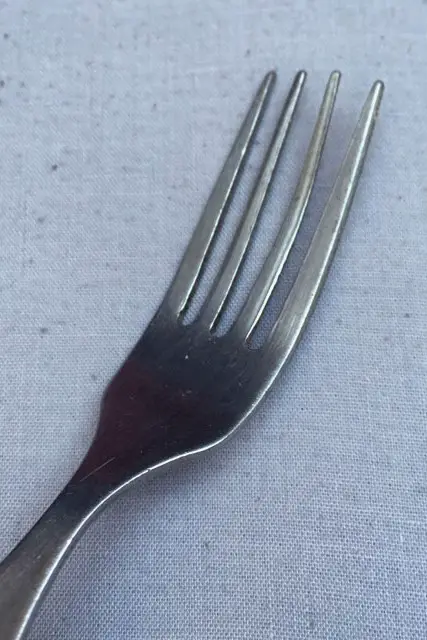
Bonsai Soil Scoops
These are used to scoop bonsai soil from your soil bucket into your bonsai pot. They are just like little shovels and are actually quite useful. I am notorious for just using my hands, but it’s very messy and soil goes everywhere.
These little scoops are quite nice looking, but you could make a homemade version buy cutting a plastic bottle at an angle.
However, the actual scoops are really cheap and look a look better and are sturdier than a homemade one.
Spoons
There isn’t any kind of special bonsai spoon, you just need to take one of from your kitchen and dedicate it to bonsai.
Spoons are like a mini version of the soil scoop. You never know when you might need to add a tiny bit of soil here and there. They are also good for spooning fertiliser on to your soil, or into your water.
Bonsai Sickle
These are special mini sickles for bonsai. They are designed to help you get trees out of pots. Sometimes pots have a little lip at the rim and the roots kind of grip under this making it nearly impossible to get the tree out. You can use the sickle to cut around the rim and either cut this ring of roots or loosen them.
I personally have used a simple butter knife from the kitchen. Even if you get a sickle, you should still keep a knife in your tool box (at this point you will have a full set of cutlery in there!)
I have gotten away with a butter knife as my trees are small. If you had a big tree, you would probably really benefit from having a bonsai sickle to help you get the tree out of the pot.
Chopsticks
It doesn’t really matter you use, but having some sort of chopstick shape object is actually quite important.
When you are repotting a bonsai you need to poke the fresh soil down so that it fills any gaps. Chopsticks are great for this.
I find they can be too large for really small trees. If that is the case, just use anything slimmer. I have even used a piece of wire to help poke the soil down so its settles in.
Bonsai Soil Sieve
If you are making your own bonsai soil, you will need some sort of sieve. When you buy soil components they will usually be roughly the same size, but there are always lots of finer particles in the bag. They will need to be removed so you get equal size particles throughout your soil.
You can get special sieves that allow you to change the diameter of the mesh, so you can separate the particles in to a number of different sizes.
I have used just a normal kitchen sieve in the past and found it to be acceptable. It certainly gets rid of the fine particles which was my main goal. However, being able to further separate my particles into like small and large, would be have been more preferable, which you can do with a bonsai soil sieve.
(You can read more about – Can You Reuse Bonsai Soil?)
Bonsai Pruning Tools
These will be the bonsai tools you use the most and of course are used for pruning your bonsai.
If you are not sure of how to actually prune your tree, then you can read – How To Prune A Bonsai Tree
Bonsai Scissors
These will probably be your most used tool. Pruning trees is something that happens a lot and you will find your scissors are the right size for most of the shoots you will be cutting.
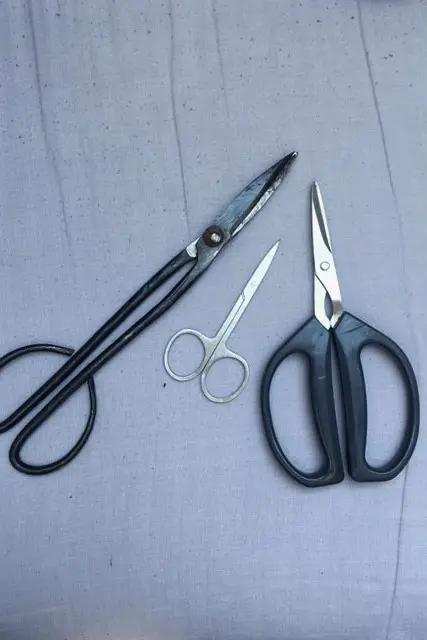
You can get scissors in various shapes and sizes. Find one that feels good in your hand and also gives you the control you need. Some people prefer long scissors so they can get in deep to the foliage, some people prefer shorter scissors. It doesn’t really matter what you like so long as you have a decent pair that you keep sharp and well looked after.
Bonsai Branch Cutter
Bonsai branch cutters are the next step up form scissors. They are designed to cut those thicker pieces. scissors will cut through young shoots but once a shoot starts to get woody, or you have a thicker branch, scissors just won’t do. They can’t cut through and this is where branch cutters come in.
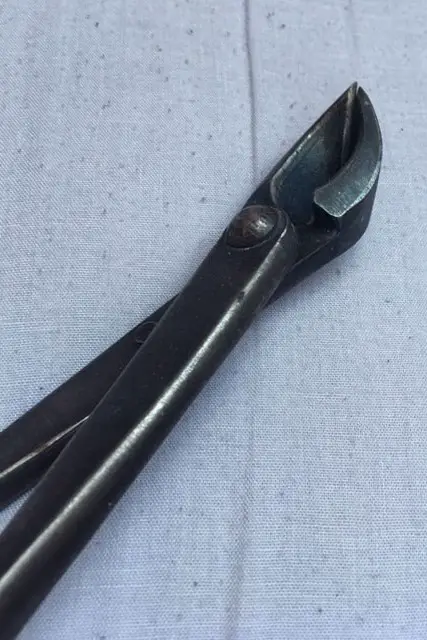
They are also designed to remove a branch fully in a unique way especially for bonsai. The end of them is slightly curved and usually at an angle. This allows the tool to really get in against the branch so that more of the cutting edge will able to cut through the branch. This means a cleaner cut will be made. When a branch cutter is used the remaining wound is V shaped.
When smaller branches are being removed this allows the tip of the cutters to get very flush with where the branch emerges from the main trunk. This allows you to remove the branch completely at this point and the curved tip will slightly bite into where the branch came from. This forms a concave wound. The tree can then heal over and roll its callus into this concave wound. After time this will heal totally flush and you will not know there was ever a branch removed.
Traditional garden pruners can not get this flush, and will leave a stub. These pruning stubs are not aesthetically pleasing to the eye. Branch cutters avoid these and they are only really designed for bonsai, as we are the only growers who are worried about preventing ugly stubs, scars and cut wounds.
These tools can come in various sizes so that you can cut different thickness of branches.
Bonsai Knob Cutter
A bonsai knob cutter can seem very similar to a branch cutter, but there are some subtle differences.
When removing a larger branch. The V shape cut left by a branch cutter may not be big enough to allow the healing tree to callus into it. This is when knob cutters are used.
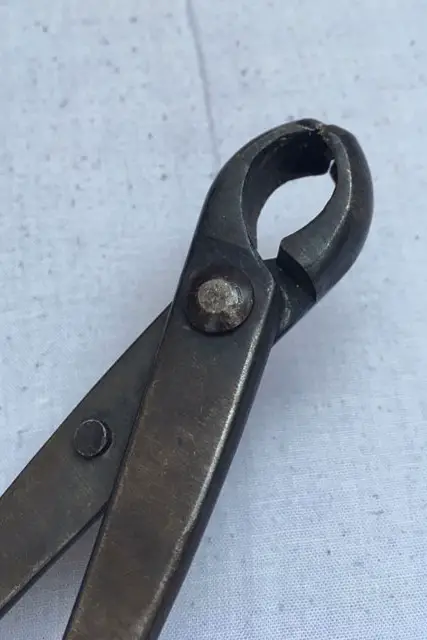
Knob cutters also have a curved tip, but they are able to get in and gauge out the wood a little deeper and wider, allowing for a better concave wound for the tree to heal in to.
These tools can also come in various sizes so that you can make different sized cuts.
Bonsai Pruning Saw
Bonsai Pruning saws are used when the branch being removed is too thick to cut with a branch cutter.
These are used just like how a full size tree is cut with a saw. The idea is to leave a small stump and then use your knob cutter to slowly nibble this away until you have a nice wound.
Bonsai Trunk Splitter
Bonsai trunk splitters are like strong pincers. They are used to split trunks.
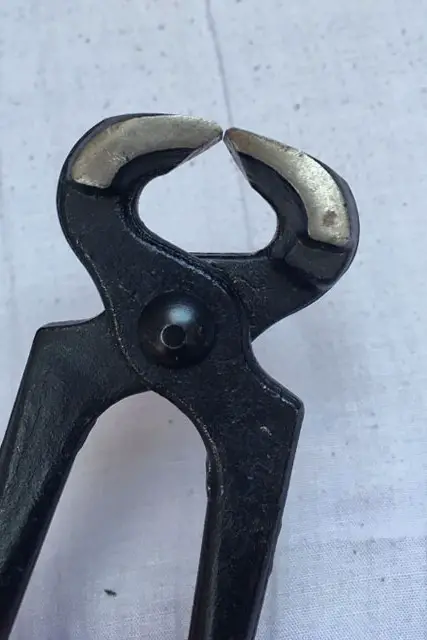
This is something a beginner will probably not encounter as it’s quite an advanced technique. You will usually see it preformed on junipers. The live and dead part of the trunk is split apart so that the trunk can be bent easier.
Bonsai Wiring Tools
If you are going to wire a bonsai, you need the proper tools. Using other things that look similar will not work as well, this is the one area where you will really need the proper bonsai tools to get the job done properly.
Bonsai Wire
Surprisingly the main tool you will need to wire a bonsai tree is bonsai wire. The wire used for bonsai is actually a special kind of wire.
This is one of the times when you should actually use proper tool and get bonsai wire, if you try to use any other sort of wire you will find it a lot harder.
Bonsai wire is annealed, which makes it very pliable, yet very strong. This means that you can easily bend it and then it will stay in place once you let go. Bonsai wire comes in two forms, aluminium and copper. Aluminium is slightly easier to work with so it is preferred by beginners.
Pliers
Wiring can be hard when you only use your hands. A pair of pliers can really help you get the bends and twists you need when applying the wire to you bonsai, especially at the tips.
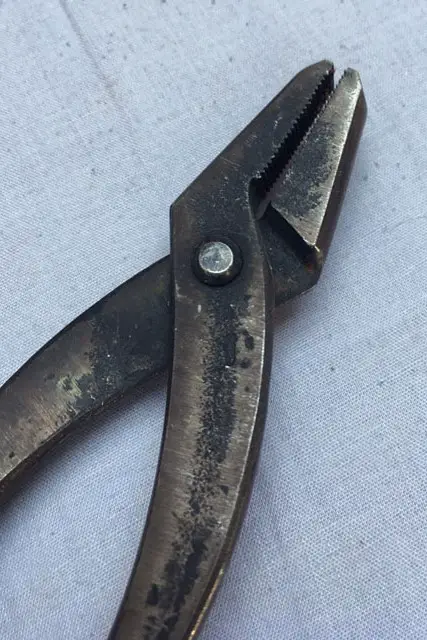
Although you could use normal pliers for this, people often use Jin pliers. These are designed to create deadwood on bonsai, but also double up as a great wiring tool as well.
Bonsai Wire Cutter
If you are going to wire a bonsai tree, you are going to have to unwire it at some point and the best way to remove wire is with a wire cutter.
Bonsai wire cutters are designed slightly differently than your standard wire cutter. The nose of the cutter is slightly curved and this allows the jaws of the cutter to go over the wire, but not touch the bark.
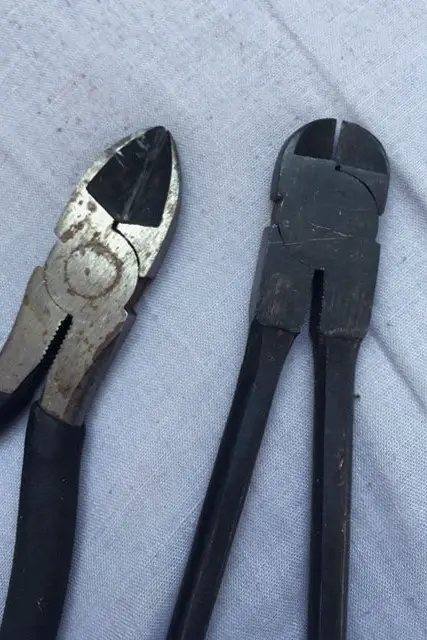
This is really important as wire can get pretty tight on a tree and removing it can damage the bark. If the bark is damaged on some species, the branch will die. Using a tool that can reduce this, which is very important.
(You can read more about – Why We Wire Bonsai Trees)

Bonsai Carving Tools
As a beginner, I wouldn’t worry too much about carving so I will only quickly go into this topic.
Once a branch is dead, it can sit there for many years, there is no rush to work on it. In fact, sometimes it is better to let the fresh wood fully dry out and season before carving.
Carving only shapes this dead branch to look more beautiful, which of course is important, but in the beginning it is more important to focus on mastering your trees health and then come back and deal with its aesthetics later.
Hand Carving Bonsai Tools
The traditional way to create deadwood is with hand tools such as knifes and chisels. The process can be slow and hard work. Hand tools are still a great option today for smaller pieces of deadwood and carving.
Electric Carving Bonsai Tools
Power tools such as dremels are the go tool for carving bonsai. They can quickly remove a lot of wood and are also small enough to be able to get a lot of detail and finesse into the carving.
(You can read more about – Are Bonsai Tools Safe For Beginners To Use Without Professional Training?)
What Is In My Bonsai Tool Box?
I actually made a video showing what is in my bonsai tool box which you can watch below.
(You can read more about – Frequently Asked Questions About – Bonsai Tools)
Conclusion
Hopefully now you have an understanding of what tools you might need right away for your bonsais and what tools you might not need until you are slightly more skilled.
I Just want to reiterate what I said at the start, Just start with what ever you have and slowly build your bonsai tool kit as your skills improve.
I know there is a certain aesthetic joy that comes with a having a full set of all these cool bonsai tools. They are honestly beautiful and I know DIY tools looks a bit messy, but it gets the job done and that is all that matters in the beginning.
(You can read more about – Bonsai Tool Maintenance and Care)

Hi, I’m Ian. I have been doing bonsai since 2014. I created this site to spread all the knowledge I have acquired over the years. Don’t forget to check out my Youtube videos where I show the progress of my own Bonsai each week or connect with me on social media.
You can read more about me and how I got into Bonsai on the About Page

